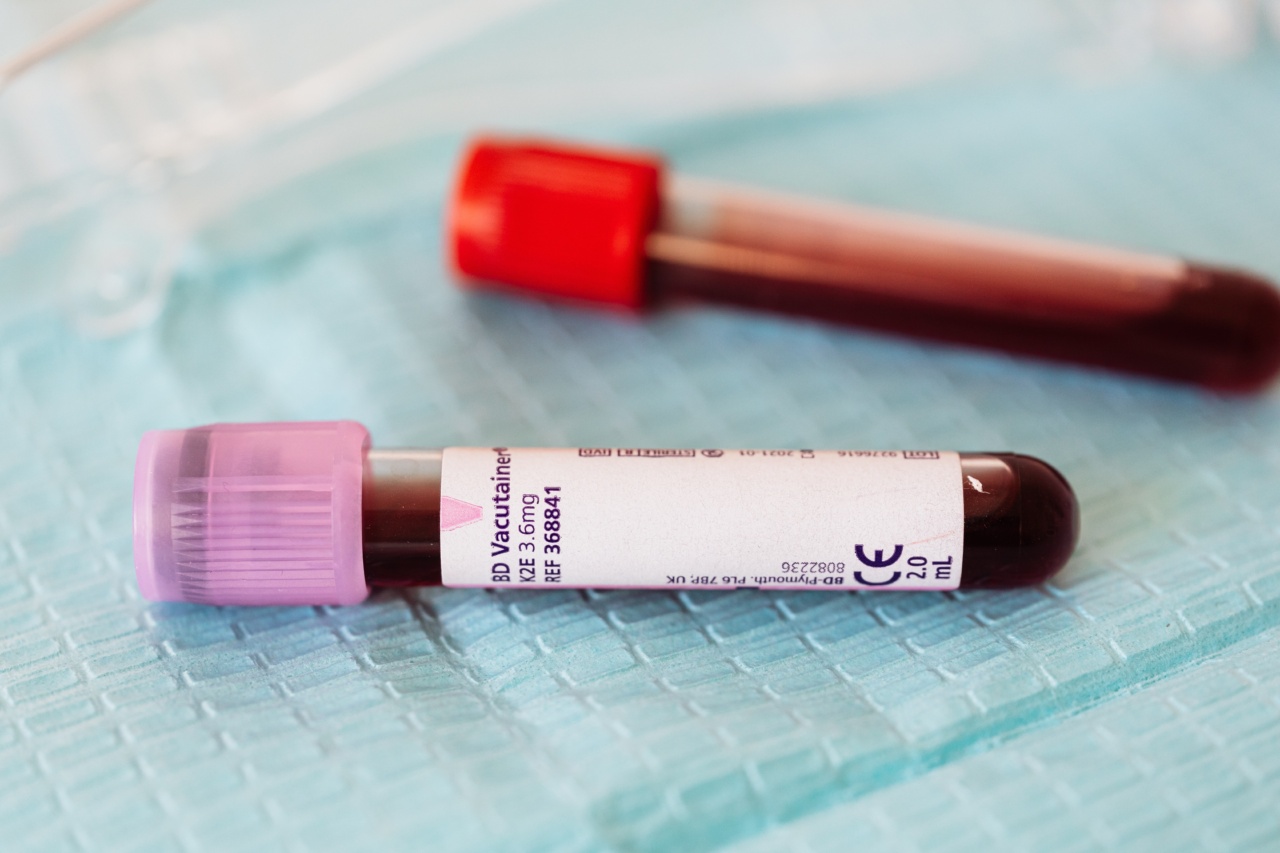Ovarian cancer is one of the leading causes of death in women globally, with over 295,000 women being diagnosed with the disease annually.
Unfortunately, the symptoms of ovarian cancer often go unnoticed or are misinterpreted, leading to a late diagnosis and lower chances of survival. However, a breakthrough blood test has been developed that can detect the presence of ovarian cancer up to 24 months sooner than current screening methods.
How the Test Works
The test is called the Risk of Ovarian Cancer Algorithm (ROCA) test and analyses a woman’s blood to detect the presence of a protein called CA125.
This protein is often found in the blood of women with ovarian cancer but can also be present in women without the disease. However, by measuring how the level of CA125 changes over time for each individual woman, the ROCA test can determine whether the protein levels are elevated beyond what is considered the normal range earlier than traditional screening methods.
The ROCA test was developed by a research team from the University College London and has been found to be effective at detecting ovarian cancer up to two years earlier than the standard screening method.
The screening method used currently is a blood test and a Transvaginal Ultrasound. However, the earlier a diagnosis is made, the better chances a woman has of receiving successful treatment and survival.
The Need for Improved Screening Methods
Ovarian cancer often goes unnoticed until it has progressed to advanced stages. The symptoms of ovarian cancer are often mistaken for other conditions, making early detection challenging.
Symptoms of ovarian cancer include bloating, abdominal pain, frequent urination or feeling full quickly. As a result, approximately 75% of women diagnosed with ovarian cancer are already in the advanced stages of the disease.
The development of improved screening methods is necessary to help detect ovarian cancer earlier. Early detection of the disease leads to increased chances of survival and also makes treatment easier.
Additionally, early detection can decrease the need for aggressive treatment options such as surgery and chemotherapy.
Success rate of the ROCA Test
A recent study conducted on over 46,000 women at high risk of ovarian cancer found that the ROCA test detected 86% of ovarian cancers.
The study also revealed that when women underwent surgery for ovarian cancer detected by the ROCA, 100% of cases were found to be at Stages 1 or 2.
The findings were promising, with researchers stating that the ROCA test could help doctors detect ovarian cancer early and provide life-saving treatment. The ROCA test is not currently used as a standard screening tool.
However, with further research, the ROCA test could become the first line of ovarian cancer screening in the future.
Who is Eligible for the ROCA Test?
The ROCA test is designed for use in women who are at high risk of developing ovarian cancer. This includes women who have a family history of ovarian cancer, women who have a history of breast cancer, and women with BRCA1/BRCA2 gene mutations.
Additionally, women who have previously been diagnosed with ovarian cancer can also be tested using ROCA.
It is important to note that while the ROCA test is an effective screening tool, it is not a diagnostic tool and should not be used to confirm an ovarian cancer diagnosis.
If the test produces abnormal results, additional testing and imaging should be conducted to confirm a diagnosis.
Conclusion
Ovarian cancer can be challenging to detect, making early diagnosis difficult.
With the development of the ROCA test, which can detect ovarian cancer up to two years before the current screening method, women at high risk of the disease can be screened regularly to ensure early detection. Although the ROCA test is not currently used as a standard screening tool for ovarian cancer, it holds promise for the future of ovarian cancer detection.



























